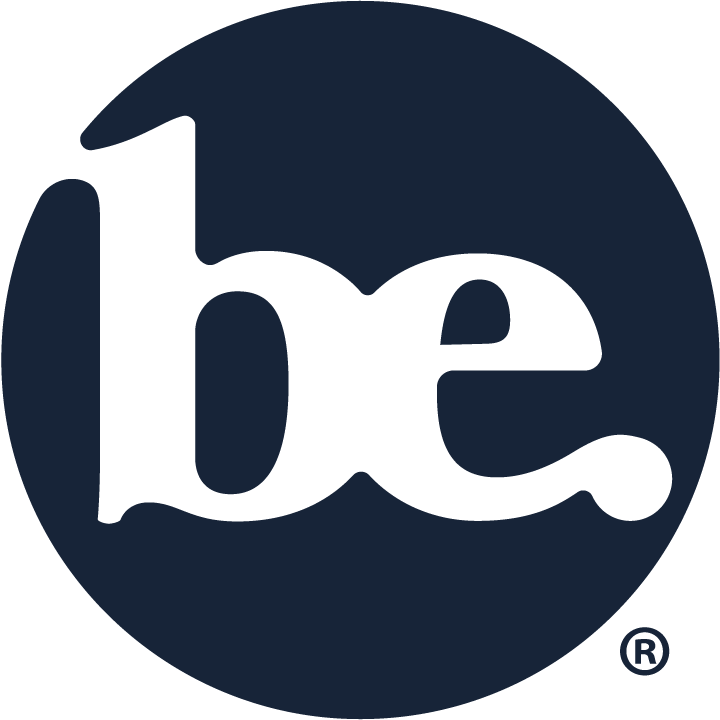Reverse mortgages still relatively underused
Despite becoming a household term over the last 35 years, only about 1.3 million HUD-insured Home Equity Conversion Mortgages (HECMs) – commonly called Reverse Mortgages – have ever been issued.
For such an innovative and powerful retirement planning tool, the number is somewhat surprising, especially considering the growing number of American seniors. Today, adults 65 and older number 62 million, or 18% of the U.S. population. By 2054, 84 million adults ages 65 and older will make up an estimated 23% of the population.
However, many seniors may not fully understand Reverse Mortgages, deterred by various myths and misunderstandings. But with older Americans facing rising costs, tapping into home equity with a Reverse Mortgage offers a valuable resource.
According to 2022 statistics from the Federal Reserve Board, most retirees don't have money to cover long-term care, and an estimated 43% of 55- to 64-year-olds have no retirement savings at all.
The HECM Reverse Mortgage allows homeowners aged 62 and older to convert all or part of their home equity into cash, which can be received as a lump sum, monthly installments, a line of credit, or a combination of the three.
Nearly 80% of older Americans own homes with equity. The Reverse Mortgage is available to seniors whether they own the home outright or are still making payments.
Seniors can use the funds to enhance their income, lifestyle, and/or cash flow. The line of credit option, for example, could be used as an emergency fund to cover large, unforeseen expenses.
Other borrowers have used these funds to start businesses or purchase rental properties, while still others consider them as a standby cash reserve. In times of economic volatility, this avoids the need to cash in CDs or other assets or liquidate fluctuating investments like stocks.
One of the simplest yet most significant benefits of a Reverse Mortgage is the ability for borrowers to stay in their homes, provided they meet the terms of the loan - and pay for upkeep, insurance, and property taxes. If you sell, the profits will cover the remaining balance.
When the last borrower passes away, or otherwise no longer occupies the home as a primary residence, the Reverse Mortgage will come due. Typically, seniors or their heirs will refinance or sell the home to satisfy the loan.
Insured by the Department of Housing and Urban Development, Reverse Mortgage loans are non-recourse, which means that neither the senior nor their heirs will have to repay more than the value of the home when the loan comes due.
HUD regulations also provide many other consumer protections. To qualify for an HECM, you must complete approved third-party counseling, and provide proof you have the wherewithal to meet the ongoing financial requirements.
All potential Reverse Mortgage borrowers should do thorough research, seek professional advice, and carefully consider the benefits and risks.
